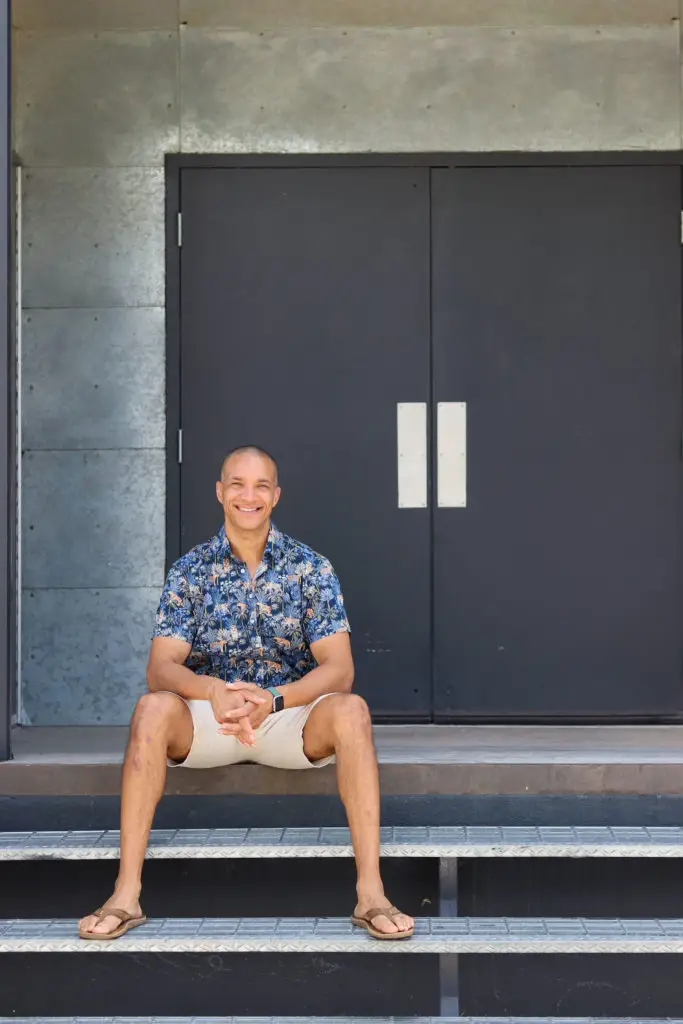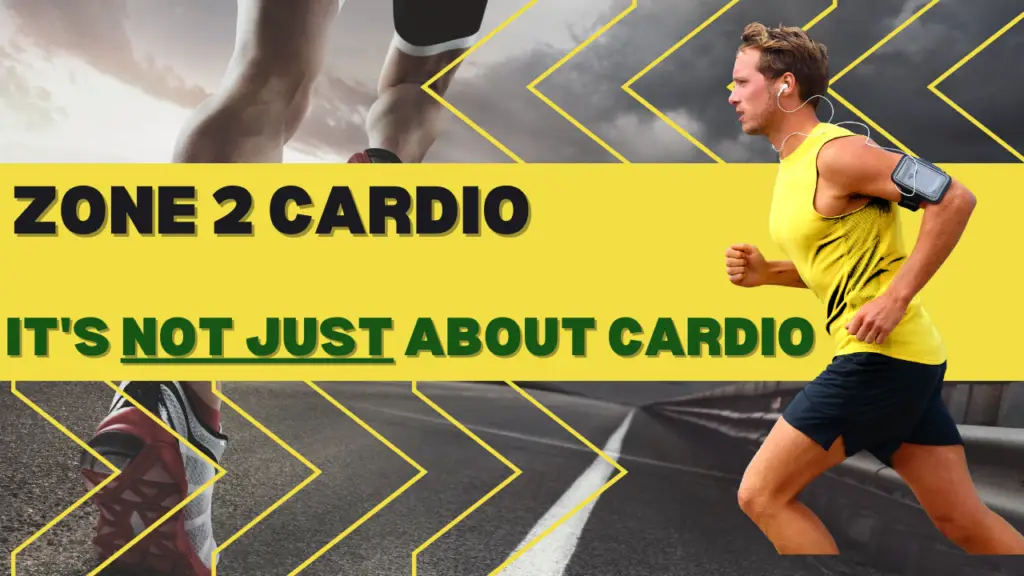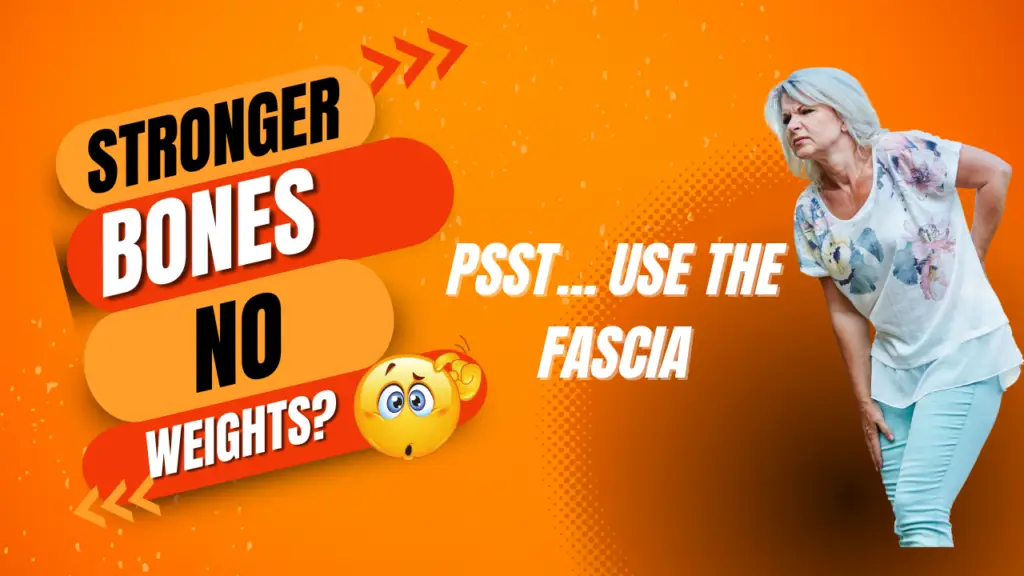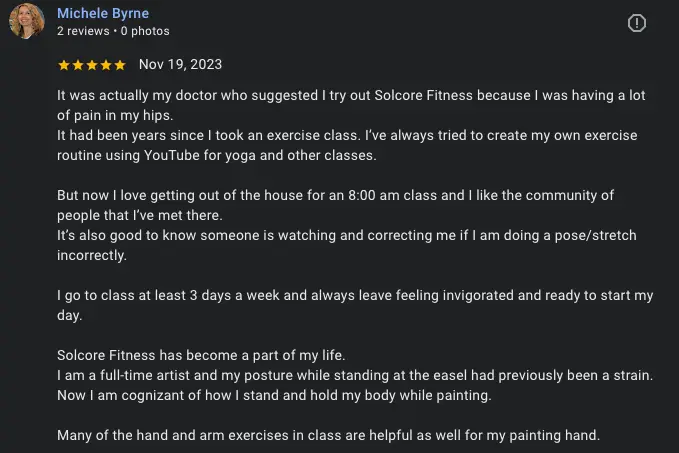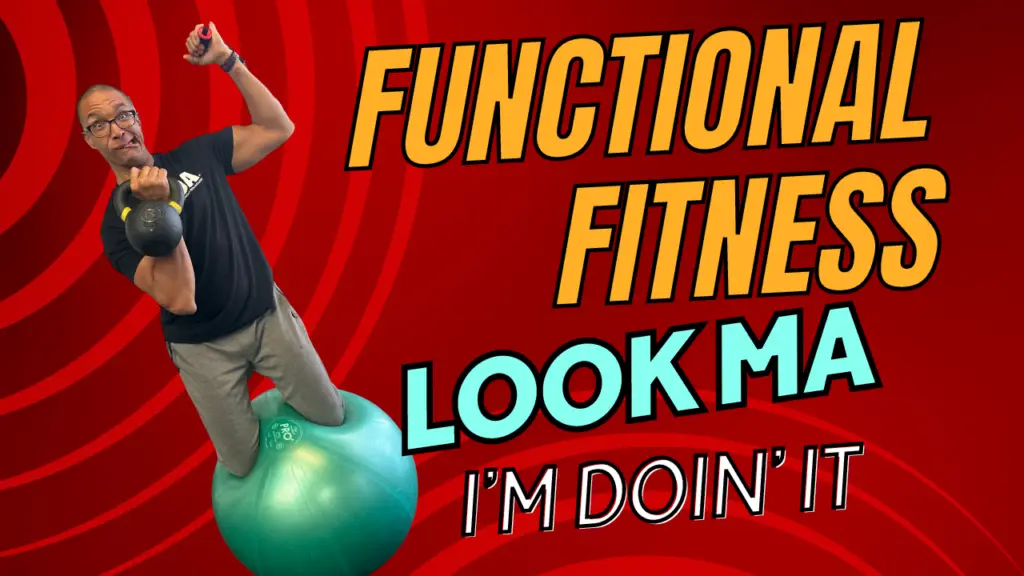Having strong, mobile shoulders is essential—not just for lifting or sports, but for your entire body’s health.
But most shoulder pain solutions and “best rotator cuff” workouts you find online are incomplete. They miss critical pieces of the puzzle—especially the joints involved and the two most forgotten muscles you must train for real results.
Let’s break it down.
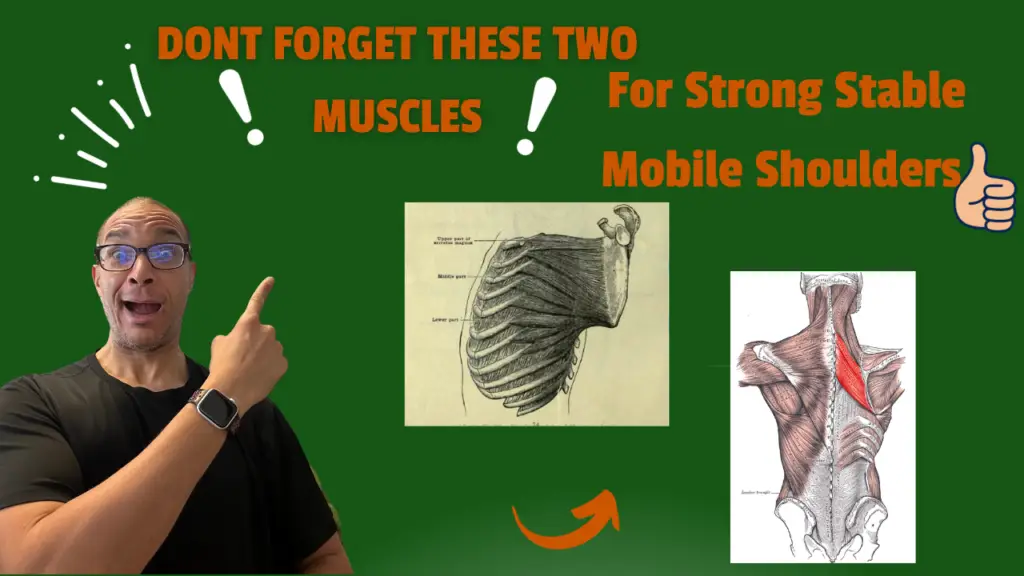
Click on the image to watch the video.
Your Shoulder Is More Than One Joint
Most people think of the shoulder as just the glenohumeral joint—where your arm bone (humerus) meets the socket in your shoulder blade (glenoid). But that’s only one piece.
There are five distinct joints that make up the shoulder complex:
- Glenohumeral joint
- Subdeltoid joint
- Sterno-chondral-costal-clavicular (SCCC) joint
- AC (acromioclavicular) joint
- Serratic joint (under the shoulder blade)
Each joint plays a role in shoulder mobility and strength. If even one is off, your whole shoulder can suffer—often leading to pain or dysfunction on the opposite side of the problem area.
You Need More Than Muscles—But the Right Ones Matter
Your rotator cuff and deltoid muscles are essential, but they’re just the beginning.
The long head of the bicep and long head of the tricep attach to the glenoid from above and below. When you lose function in either (like after bicep surgery), you sacrifice major stability.
Other important players:
- Pec major/minor
- Latissimus dorsi
- Trapezius
- Levator scapulae
- Serratus posterior superior
But two muscles stand out as most neglected and critical:
The Most Important Muscles You’re Probably Ignoring
1. Serratus Anterior
Fans out from your ribs to your shoulder blade. It helps anchor and stabilize the scapula while allowing fluid movement.
2. Rhomboids (major and minor)
Run from your spine to your scapula and work as antagonists to the serratus anterior. Together, these two maintain the neutral, retracted position of your shoulder blades—which affects everything from head posture to pelvic balance.
If your shoulder blades are unstable or misaligned, it can trigger a cascade of dysfunction:
- Forward head posture
- Decreased mobility
- Increased injury risk
- Compensations in your spine and opposite hip
The Joint Must Be “Smart” and “Fluid”
It’s not enough to strengthen muscles. Your joints need:
- Fluidity (healthy fascia)
- Neurological engagement (a “smart” joint)
If your serratic joint is stiff and disconnected, your shoulder gets noisy—literally. That cracking/popping you hear? That’s congealed fascia, not bones moving.
Smart Shoulder Training: What It Takes
Train with Hill’s muscle model in mind:
Every muscle needs its fibers, fascia, and joint working together for full function.
✅ Serratus anterior training must include multi-angle work and differentiate between the rib and scapular attachments.
✅ Rhomboid work must target both the major and minor and be done above the glenohumeral line, where the scapula locks and moves as one with the arm.
Most programs miss this. They focus on the “burn,” not the biomechanics.
Don’t Forget the Spine
A kyphotic (overly rounded) upper spine pushes the head and shoulders forward—undermining even the best exercises.
You can work your serratus and rhomboids all day, but without spinal mobility and scapular positioning, your results will be limited.
Want Help?
If you’re ready to take a holistic approach to shoulder health:
- ✅ Download my free eBook on the 4-step system to reduce pain and move better
- ✅ Schedule a free consult with me via the Calendly link
I’ve been doing this for 30 years under an osteopathic paradigm. I don’t guess—I assess, and I train with the full body in mind.
Let’s get those shoulders strong, stable, and pain-free.
Building a foundation for a better life.
Find out more @

